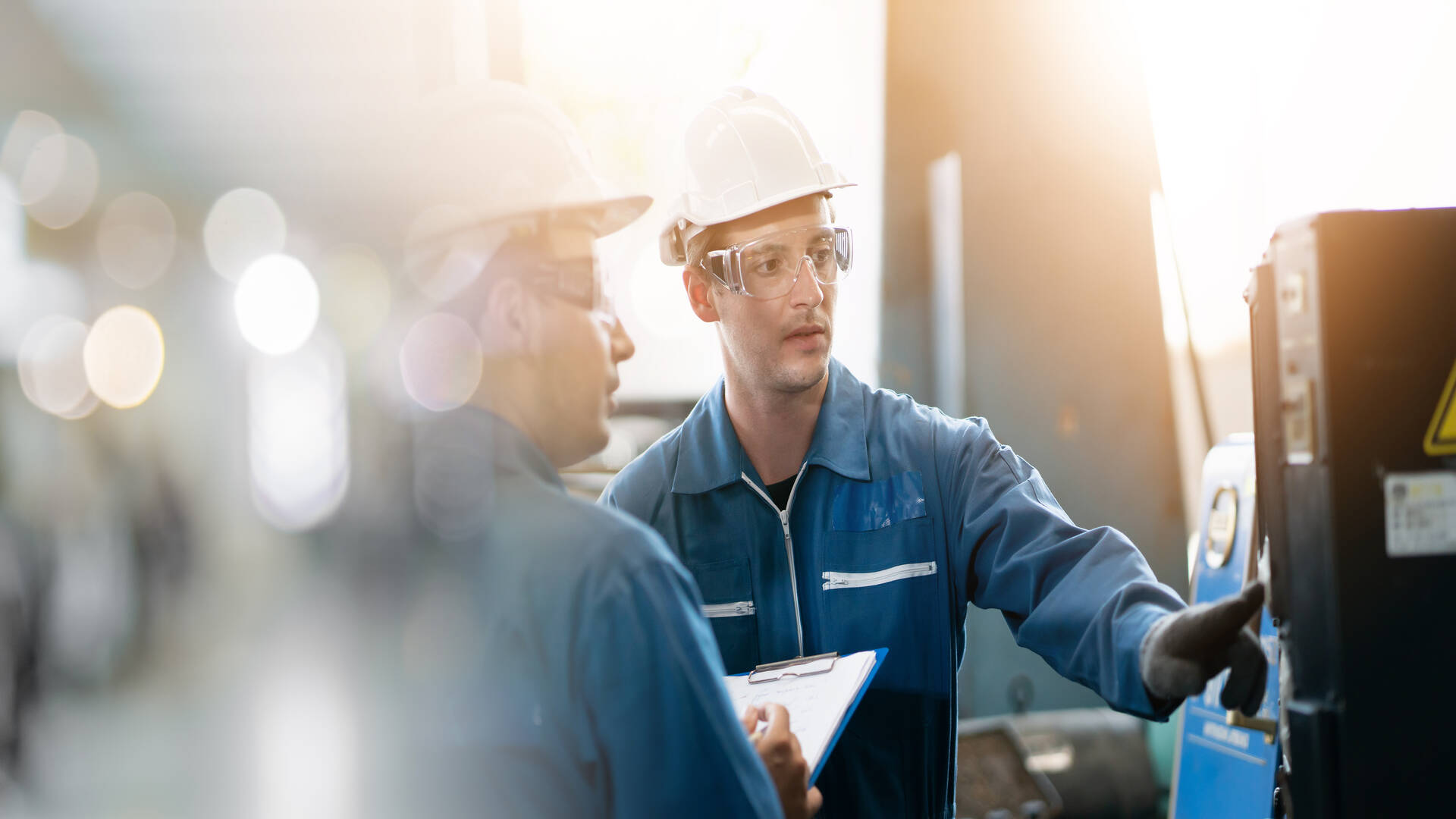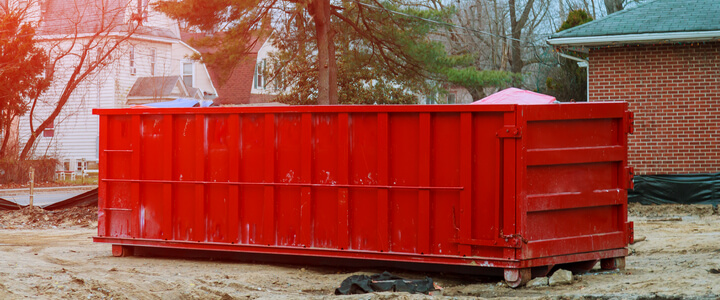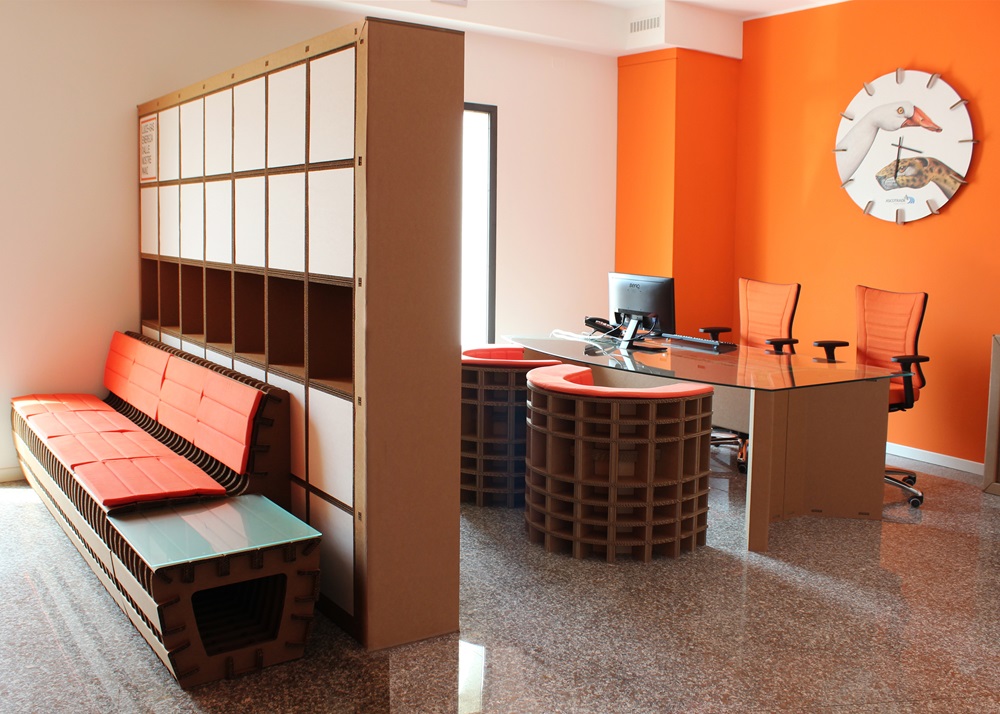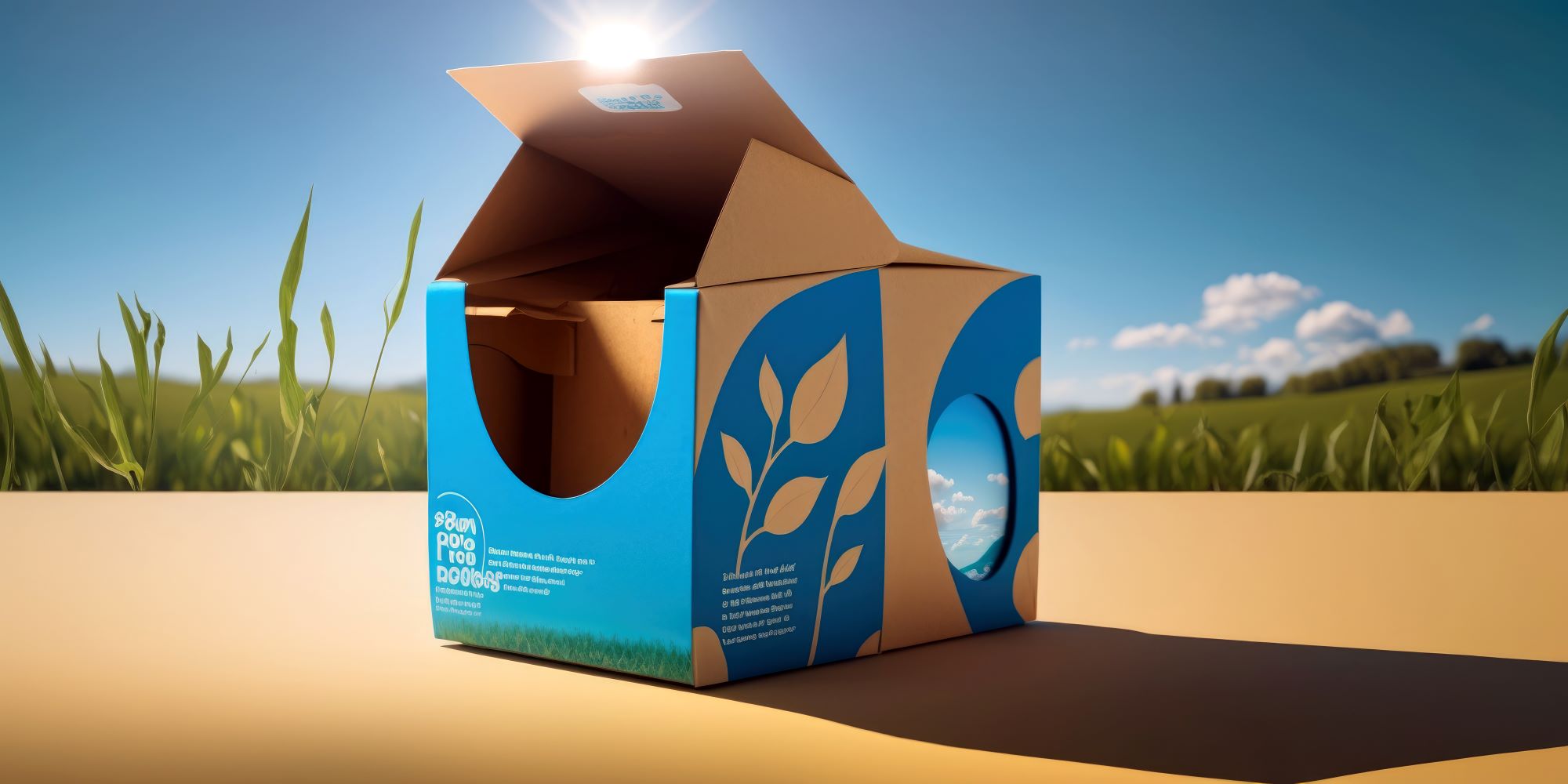Constructing with Care: Eco-Friendly Practices in the Construction Industry
With more effort being geared toward sustainable living, it is vital that all industries play their part. Due to some of its practices, the construction industry has come under heavy scrutiny and criticism.
However, there is hope because now there are many eco-friendly approaches and practices that those in the construction industry can adhere to. Here is how you can construct with care for the environment;

1. Embracing Technology
There can be a lot of waste in the construction industry, some of which is entirely avoidable. Mostly waste can be traced back to how a contractor estimates what is needed for a specific project. These requirements range from equipment used, workers’ payment, and materials required.
A construction firm dedicated to sustainable building practices should utilize contractors estimating software. This substantial technological advancement allows you to calculate the cost of a project with little to no waste.
2. Non-toxic Materials
You need suitable materials to construct, but that doesn’t mean you should compromise on health and safety. A non-toxic product is not only good for the environment but also saves you from diseases such as chest complications.
One such material to ensure it is not toxic is paint. Using a non-toxic paint ensures that harmful fumes are not released into the air. This protects your staff and the tenants in the future from lung and chest complications.
3. Reusing and Recycling
Construction projects result in a substantial amount of waste. When these materials are not handled properly, they end up in a landfill, thus polluting the environment. However, an alternative to dumping the waste is to use a crusher to recycle the materials immediately.
You can find a crushing facility near you where materials such as concrete and planks can be recycled into dry aggregate. This simple action results in less waste and by-products that can be used in other projects.
It is also a better alternative to burying waste because any toxic materials from the waste cannot contaminate the soil. It helps to use a construction estimate guide to reduce wastage and save on costs. Some sustainable materials include bamboo, stone, adobe brick, laminated timber, and cob.
While at it, you can decide to use refurbished construction supplies and equipment instead of importing new ones. The tip with using second-hand equipment is to ensure it is properly certified. You save a bit of money while at it.
4. Locally-Sourced Materials
We live in a time when you can get any materials you need from any part of the world. While there are benefits to importing materials, some demerits are also attached to this practice. A lot of resources are spent on ensuring that the materials get to you on time and in good condition. The resources used include fuel to transport the materials and special packaging.
Construction companies can avoid all these ills if they use locally available materials. The energy required to deliver said materials to you is significantly lesser than for imported ones. This is a reliable and sustainable way of reducing a company’s carbon footprint.
5. Business Practices and Standards
How you run your construction company can be the difference between being kinder to the environment or otherwise. Adopting sustainable standards of practice and ensuring that they are adhered to further sustainability efforts.
You can use machines that do not require heavy fuel, such as diesel, and opt for renewable fuel. This reduces carbon emissions and still gets the job done. Another great business practice is to go paperless. You can easily use less paper by utilizing suitable construction estimation software. Paperless companies spend less on sanitization, especially garbage disposal.
The great thing about eco-kind business practices is that they offer multiple benefits simultaneously. For instance, companies that use renewable energy sources qualify for loans and grants set aside for them. This means that if a company uses solar energy, they are cutting down on their electric bills, receiving grants and certificates while preserving nature.
A construction company dedicated to thriving in the present and future should adopt environmentally-sound practices. They will reap lots of benefits and create a niche for themselves. You can make a few eco-friendly adjustments every time you have a construction project. Eventually, you’ll be fully immersed in the system.



















